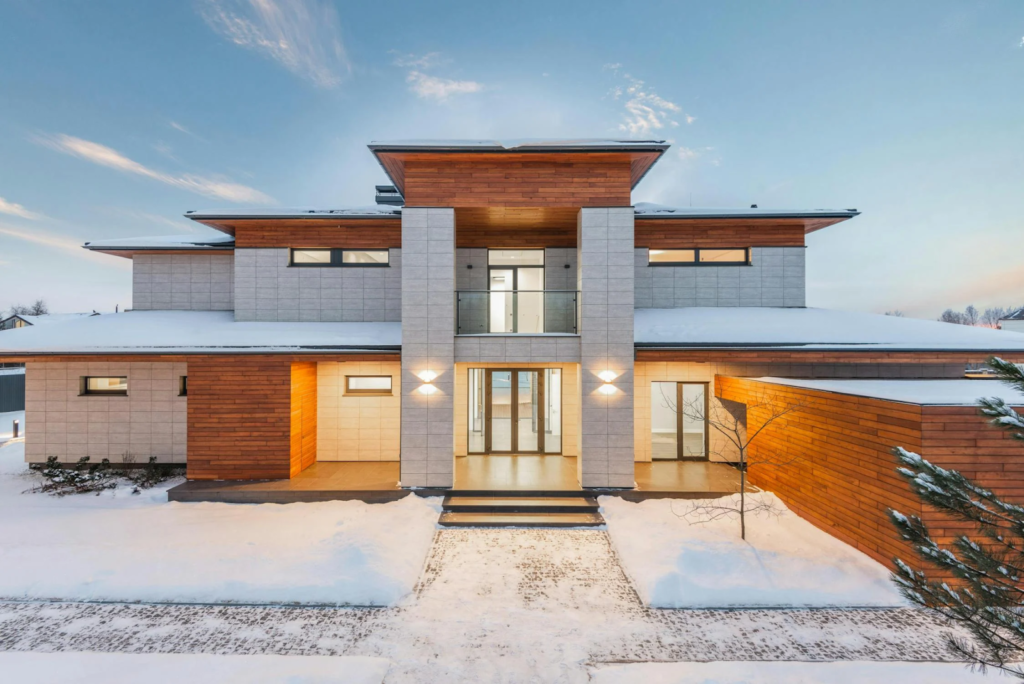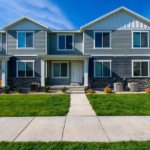Your roof is one of the most critical components of your home, providing essential protection from the elements. Over time, however, it can start to show signs of wear and tear. Recognizing when it’s time for a new roof is crucial in preventing larger issues down the road. If left unattended, roof damage can lead to costly repairs, structural damage, or even compromise the safety of your home.
1. Age of Your Roof
The age of your roof is one of the most important factors to consider when determining whether it needs replacement. Most roofs are designed to last anywhere from 20 to 30 years, depending on the materials used. If your roof is approaching or has surpassed this range, it’s time to start paying closer attention to its condition.
Even if your roof appears to be in decent shape, an older roof may no longer provide the same level of protection it once did. The shingles may have weakened, and underlying materials might have deteriorated over time.
2. Curling or Missing Shingles
Shingles play a vital role in protecting your home from the elements. When shingles start curling, cracking, or even falling off, it’s a sign that your roof is losing its ability to safeguard your home. Curling shingles, in particular, occur when they start to lose their granules, and the edges begin to bend upwards, exposing the underlayment to weather conditions.
Missing shingles are an even more concerning issue. If you notice patches on your roof where shingles are missing, it creates a direct path for water to seep into your home. Water damage can lead to mold growth, rot, and even structural damage if left unaddressed.
3. Roof Leaks and Water Damage
Water damage is one of the clearest signs that you may need a new roof. If you notice water stains on your ceilings or walls, it indicates that moisture is getting through the roof’s protective layers. Leaks can be caused by damaged shingles, worn-out underlayment, or even cracks in the roof’s flashing around vents, chimneys, or skylights.
Ignoring these signs can result in extensive damage to your home’s interior, including insulation, drywall, and flooring. Regular roof inspections can help identify leaks before they become more serious problems. However, if the leaks are widespread or recurring, it may be more cost-effective to replace the entire roof rather than patch individual areas. When dealing with leaks, it’s important to consult roofing contractors to assess the extent of the damage and determine the best course of action. Taking prompt action can prevent further deterioration and safeguard your home’s structural integrity.
4. Sagging Roof
A sagging roof is a major red flag and often indicates structural issues. If you notice that parts of your roof appear to dip or sag, it could be due to weakened or damaged roof decking or structural supports. This issue may result from prolonged exposure to moisture, heavy snow loads, or inadequate installation of the roof in the first place.
Sagging can also be a sign that your roof is simply too old to provide proper support. The longer the sagging goes unnoticed, the greater the risk of a potential collapse, which can cause severe damage to your home and put the safety of your family at risk. In many cases, a sagging roof will require complete replacement to restore the integrity of your home’s structure.
5. Granules in the Gutters
Another common sign that your roof is nearing the end of its lifespan is the presence of shingle granules in your gutters. Asphalt shingles are coated with granules to provide protection from the sun and other environmental factors. Over time, these granules can wear off, causing your shingles to become less effective at protecting your home.
If you start to notice an accumulation of granules in your gutters or downspouts, it means your shingles are breaking down. This process is especially common on older roofs, as the shingles degrade with age. Without these granules, the shingles are more susceptible to damage from UV rays, wind, and rain. If this issue persists, it may be time to consider a roof replacement to prevent further damage.
6. Visible Mold, Moss, or Algae Growth
While mold, moss, or algae growing on your roof might seem like a minor aesthetic issue, it can signal deeper problems. These growths thrive in moist environments, indicating that your roof may be trapping moisture instead of shedding it properly. Moss, in particular, can lift shingles as it grows, allowing water to seep underneath.
In addition to damaging your roof, mold and algae can spread to other parts of your home, causing health concerns for your family. Regular cleaning and maintenance can help manage small amounts of growth, but if your roof is consistently battling moss or algae, it might be a sign that it’s time for a new roof.
Your roof is your home’s first line of defense against the elements, and understanding when it’s time for a replacement is crucial to maintaining the integrity of your home. If you’ve noticed any of these signs—whether it’s the age of your roof, missing shingles, leaks, or visible growths—addressing the issue sooner rather than later can save you from more extensive and expensive repairs.





